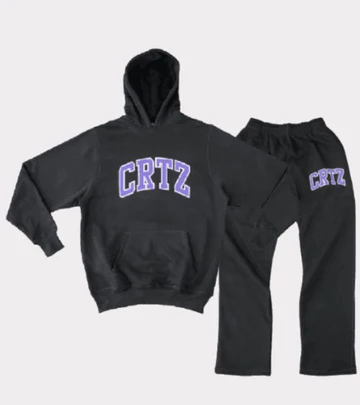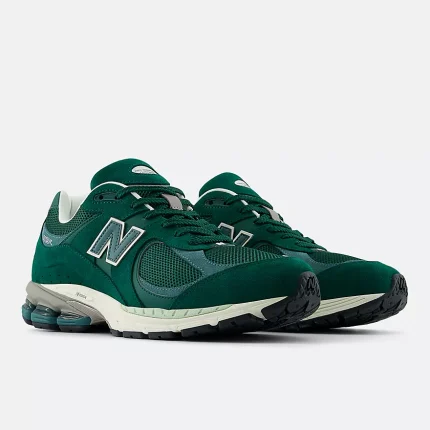For homeowners and businesses, keeping buildings cool during the hot summer months is a priority—especially in countries with high temperatures and intense sunlight. Roof heat proofing is an effective solution to reduce indoor heat, lower energy costs, and enhance comfort. Here’s a comprehensive guide to Roof heat proofing service , how they work, and why they’re a smart investment.
1. Understanding Roof Heat Proofing
Roof heat proofing is a process where a reflective or insulating coating is applied to the roof to reduce the amount of heat absorbed. This coating acts as a shield against direct sunlight, preventing the roof from heating up as quickly, thus keeping the interior spaces cooler. Common heat proofing materials include reflective paints, polyurethane coatings, and specialized thermal insulators.
2. Benefits of Roof Heat Proofing
Roof heat proofing offers numerous benefits that go beyond just cooling your home. Here are some of the main advantages:
- Reduces Indoor Temperatures: A heat-proofed roof can significantly lower indoor temperatures, sometimes by 5-8 degrees Celsius, even in extreme heat.
- Cuts Down on Energy Bills: By reducing the need for air conditioning, heat proofing can lower energy consumption, leading to cost savings.
- Improves Roof Durability: Certain heat proofing materials provide added protection against weather elements, extending the lifespan of your roof.
- Environmentally Friendly: With reduced energy consumption, heat proofing helps minimize the carbon footprint, making it an eco-friendly solution.
- Enhances Comfort: By maintaining a cooler indoor environment, heat proofing enhances overall comfort, especially during peak summer months.
3. Types of Roof Heat Proofing Solutions
There are several heat proofing methods available, each tailored to different needs and roof types:
- Reflective Roof Coatings: Reflective paints are designed to reflect a significant portion of sunlight away from the roof, reducing heat absorption. These coatings are typically white or light-colored.
- Polyurethane Foam Insulation: Polyurethane foam is a strong insulator applied as a spray. It creates a thick layer that prevents heat transfer, making it ideal for both residential and commercial buildings.
- Aluminum Foil Insulation: This type of insulation involves placing reflective aluminum sheets on the roof to block heat. It’s a lightweight, effective, and affordable option for heat proofing.
- Thermal Insulating Tiles: Tiles made from materials with high thermal resistance can be installed on the roof. These tiles effectively reduce the heat transfer from the roof to the interior.
- Green Roofs: Although more complex, green roofs involve planting vegetation on the roof, providing natural insulation and reducing indoor temperatures.



